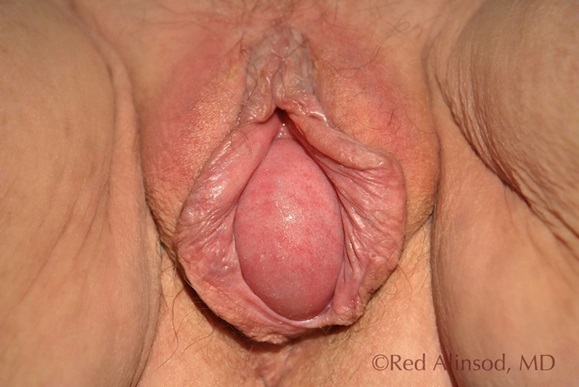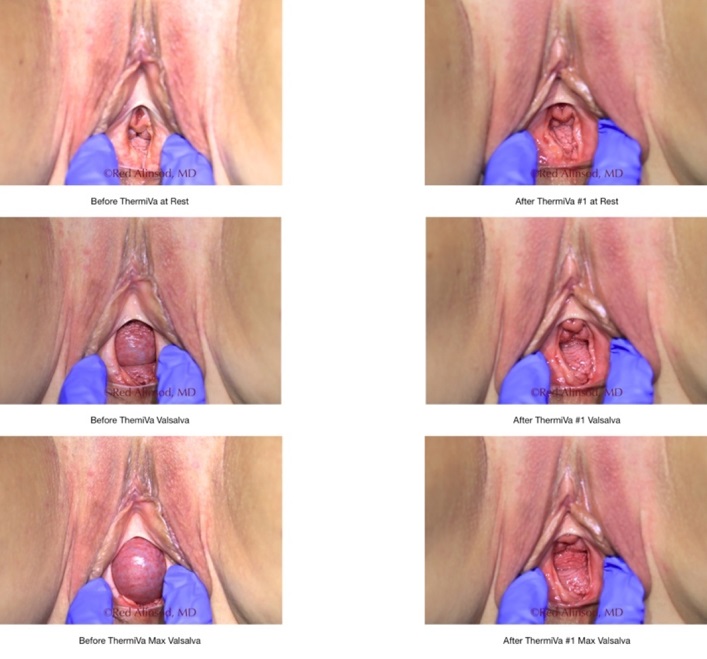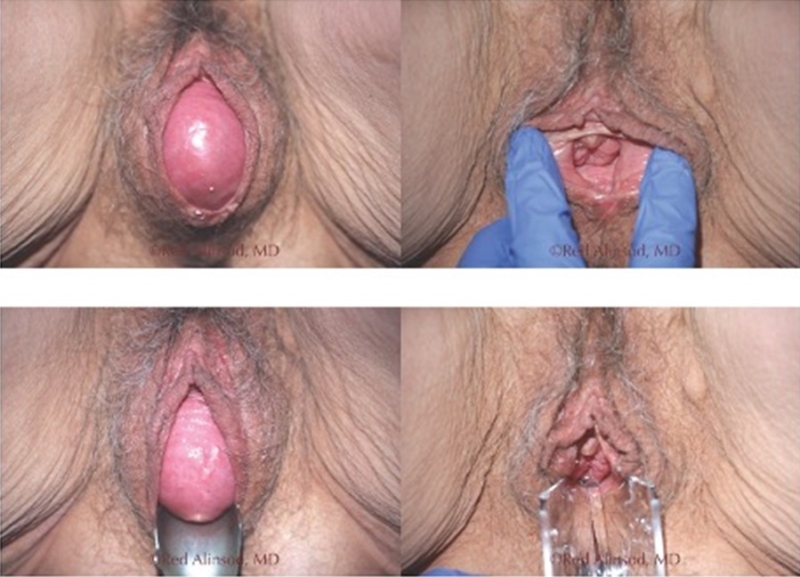Cystocele Repair or Fallen Bladder Repair
A bulge of skin that can be felt or seen coming out of the vagina looking like an egg or a golf ball is usually the bladder or rectum. Sometimes it is the urethra, cervix, uterus, or top of the vagina if there has been a hysterectomy. Urinary leakage often accompanies this bulge if it is the bladder falling down along with the tube that drains it called the urethra. Us gynecologists call this “Prolapse.” Pelvic pressure, feeling of fullness and heaviness are common symptoms. This is mostly caused by childbirth trauma and the aging process with loss of collagen support. The average age of my repair patients is 54. Sometimes there are minimal to no symptoms and you just see an unsightly mass. Cystocele repair (also called Anterior Repair or Anterior Colporrhaphy) is the surgical elimination of the bulge and restoring normal anatomy. This is done in the Surgery Center or hospital under general or spinal/epidural anesthesia. Traditional techniques of bunching or overlapping tissues with suture has a very high failure rate ranging from 25 to 60 percent. It is a challenging surgery. Modern repair treats this bulge as a hernia of the bladder going into the vagina aided by a graft to build a new firm wall. I have performed and taught this augmented surgery in the United States since 1997 with success rates of about 90% when using a dermal patch (cadaver skin). I currently use the product made by ARMS Medical called VNew Dermal Allograft. I designed the specialized shapes for its bladder repair and rectal repair products. The use of nylon patches works very well with failure rates less than 5% but the FDA has removed most of the nylon mesh products in the market. A company called Coloplast has an ultra-lightweight mesh that experienced Urogynecologist have used safely and successfully. I brought this into the United States from Scotland in 2004. It was first called POP Mesh, then MPathy Mesh, and now Restorelle. I may use this product for the most severe cases or use it for prior failed surgeries.

Many cystoceles are obvious and easy to diagnose as bulges from the roof of the vagina.

Here is a little tip for you: If your doctor examines you only with a full speculum and not a “Half Speculum” then they may miss the diagnosis. They should examine you with the lower half of the speculum to isolate the source of the prolapse. Dissecting these mases open shows you the weak and stretched out fascia as the problem. Childbirth, aging, chronic bearing down all can be blamed.
Non-Surgical Options
When the cystocele is small or moderate in size and the patient does not want surgery, I offer ThermiVa radiofrequency shrinkage to help reduce symptoms. Works quite well for many who have mild to moderate symptoms of pelvic heaviness or pressure and do not leak urine severely. A good option before any surgery. See the photos below.

Beautiful End Results
Cystocele with patient pushing Before and After Surgery. No more bulges! A tighter vaginal opening and full-length canal.

